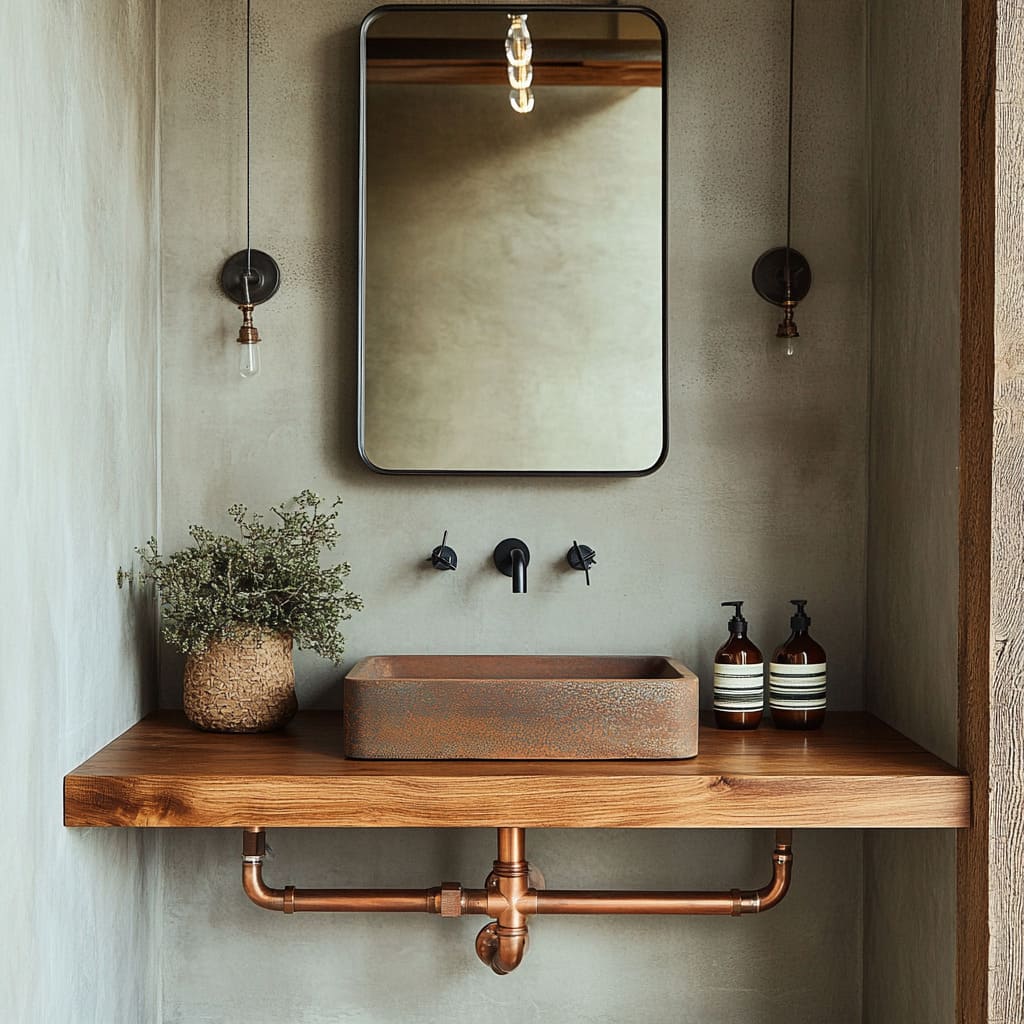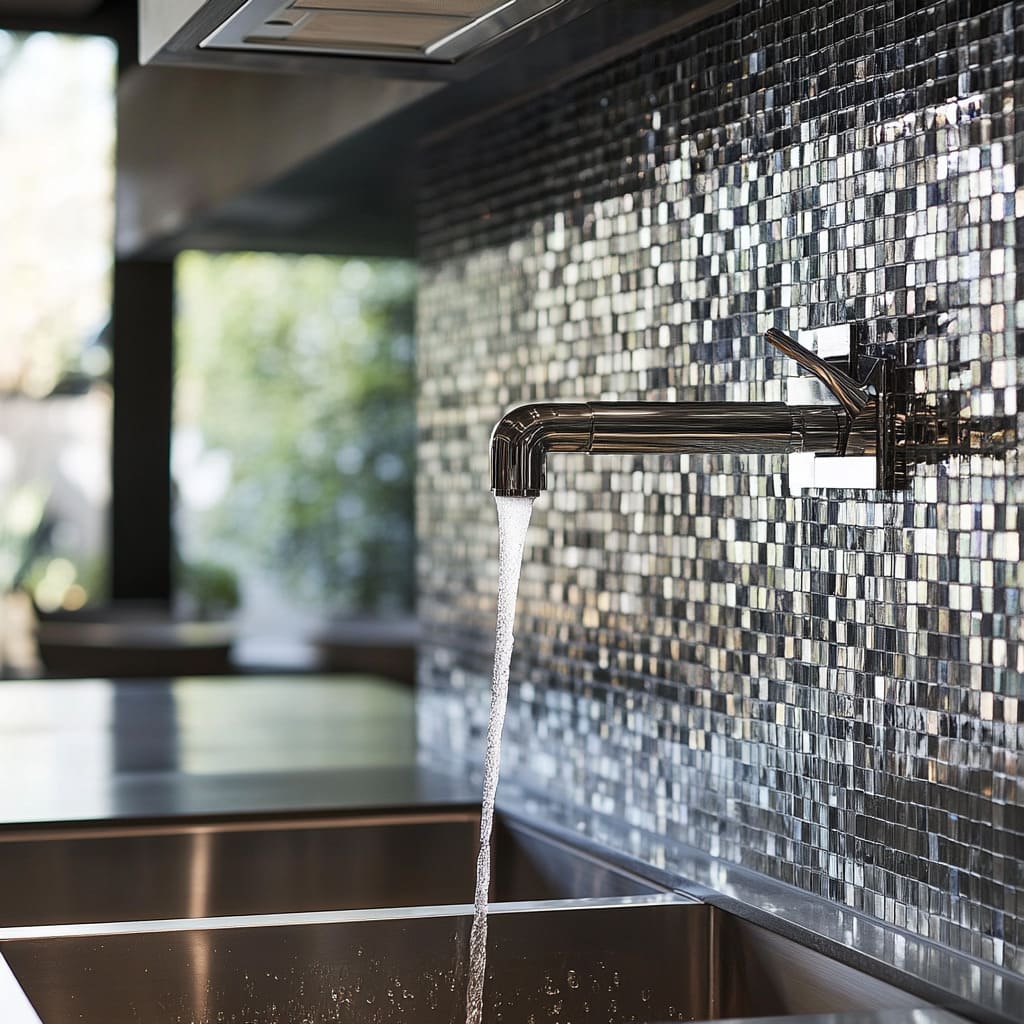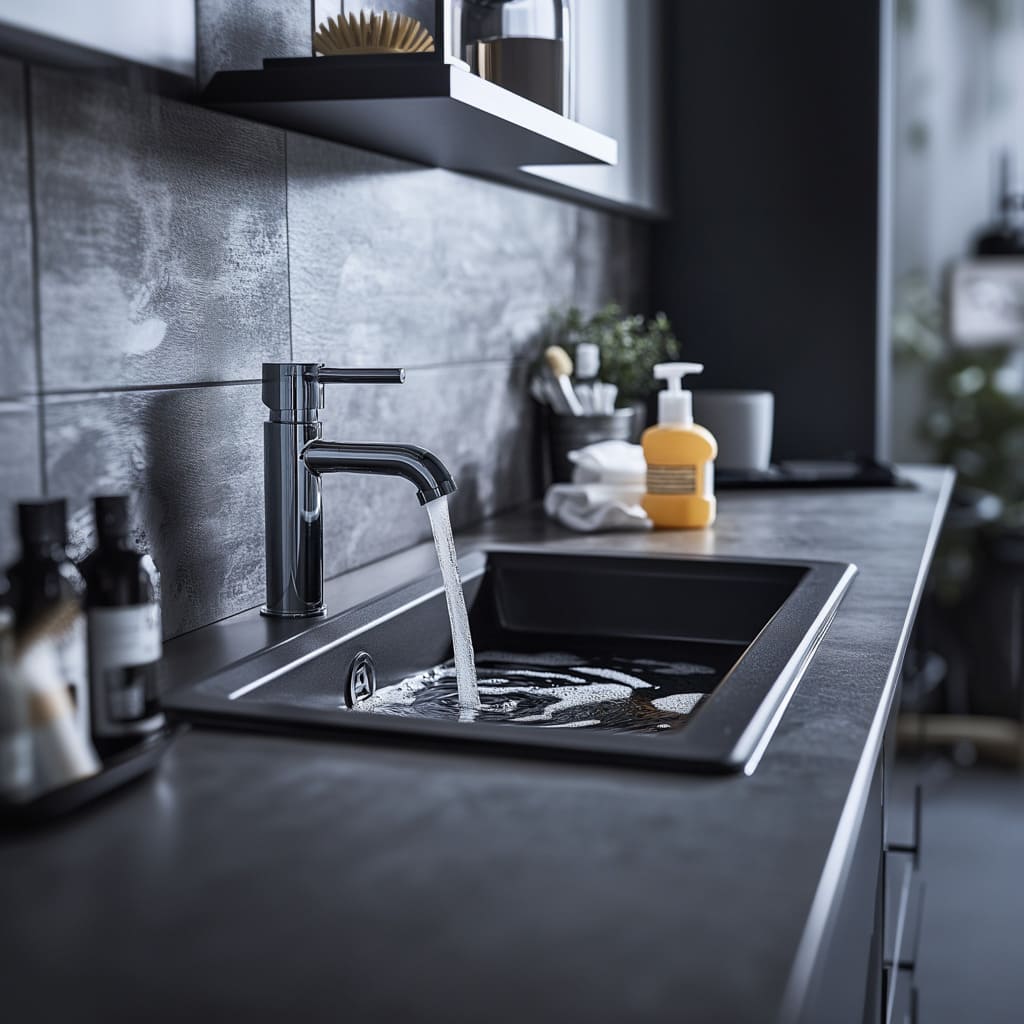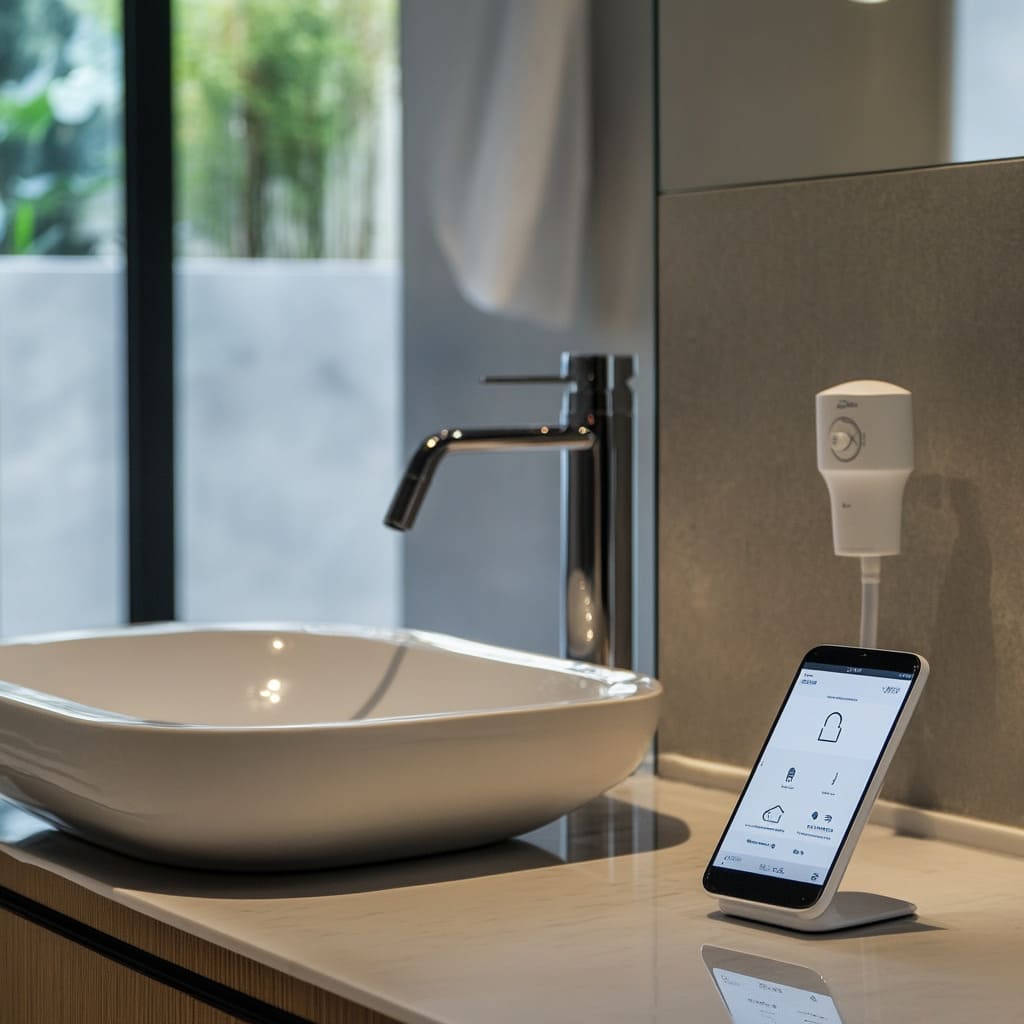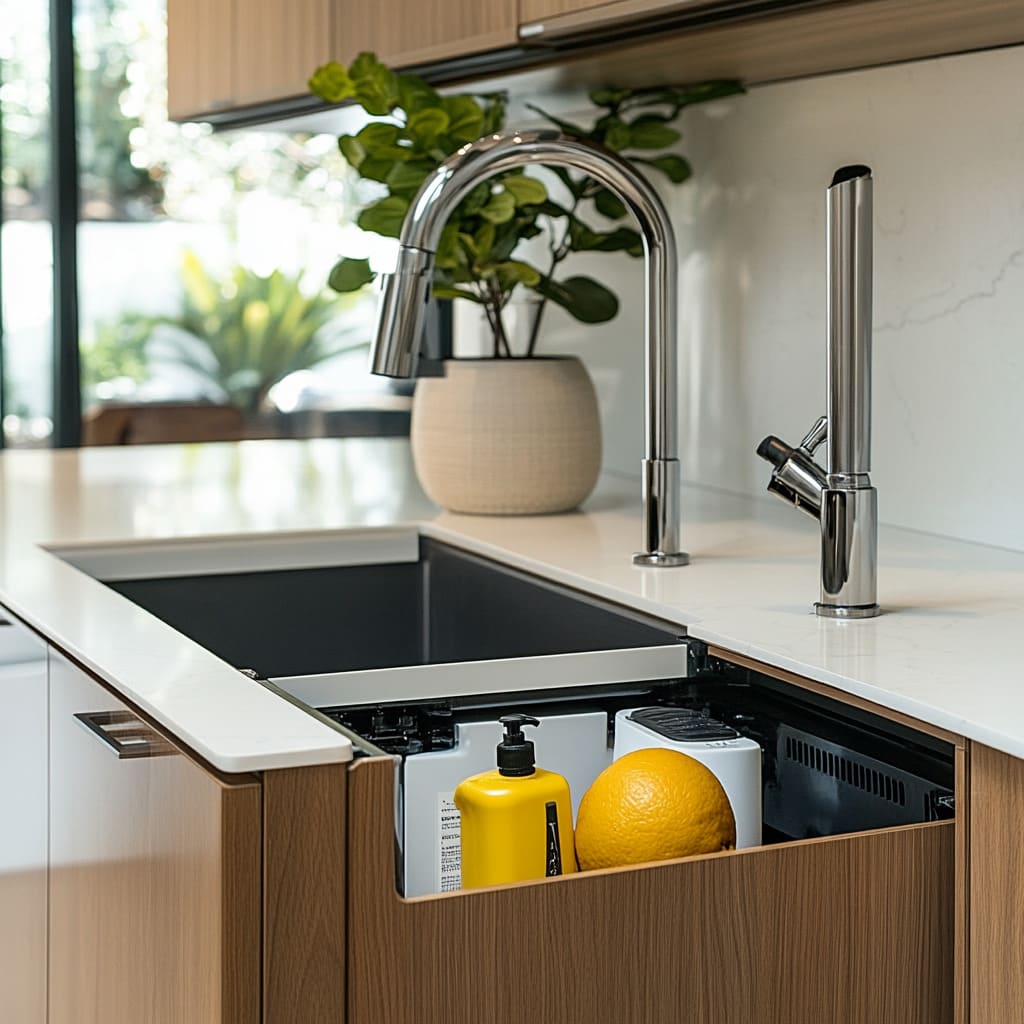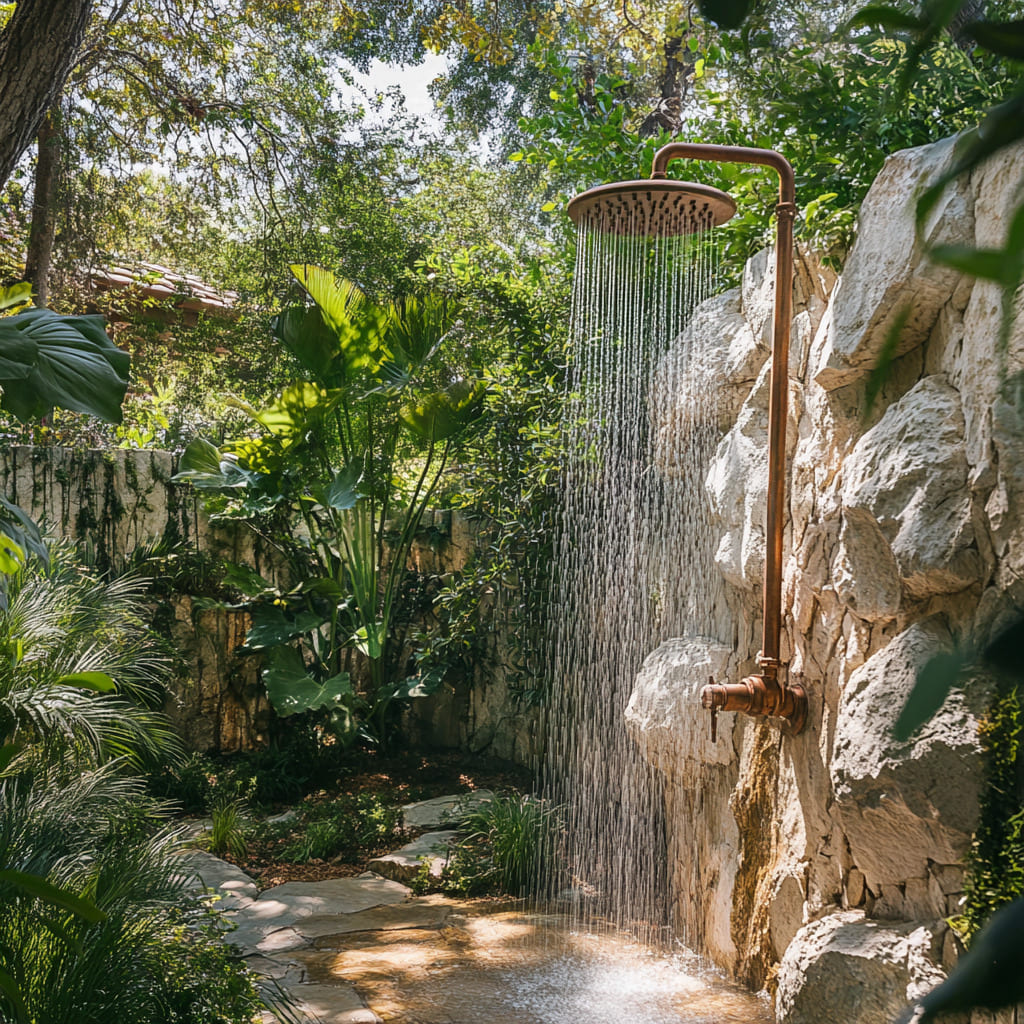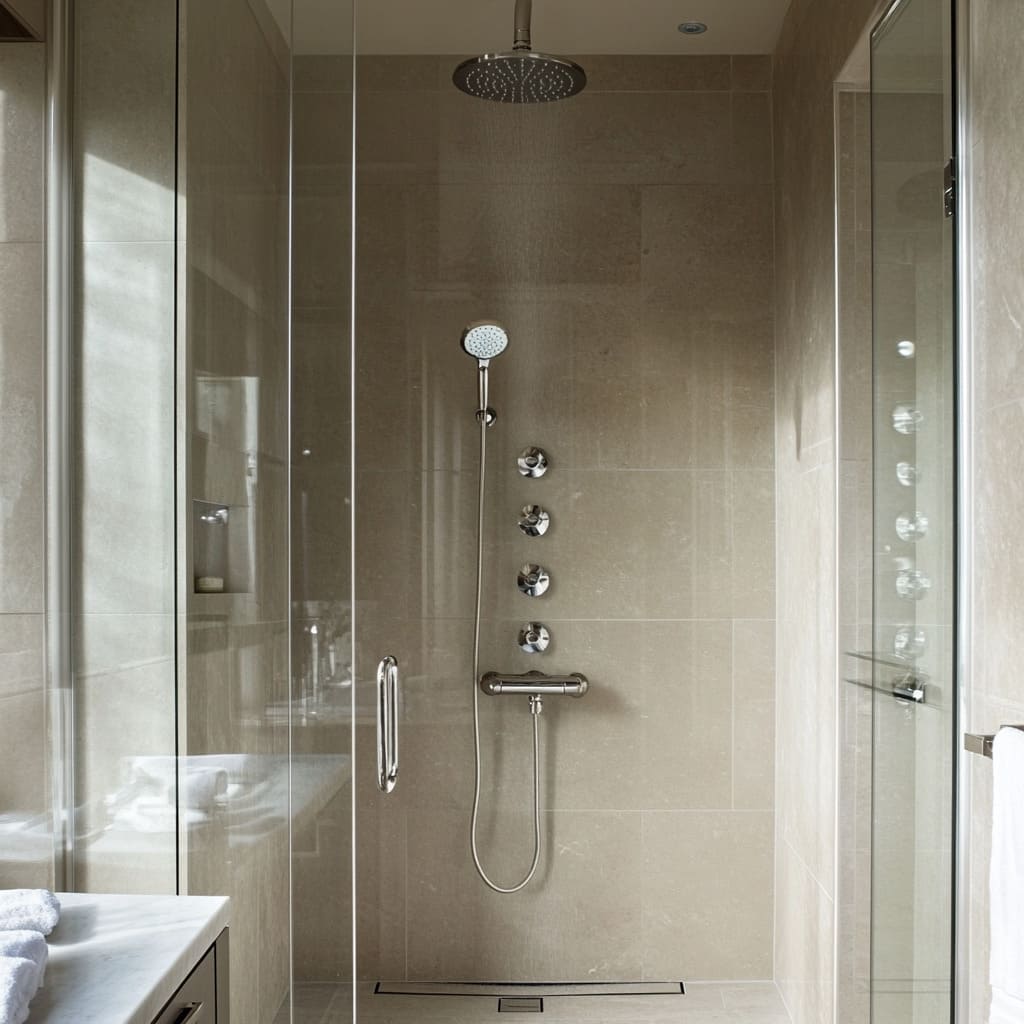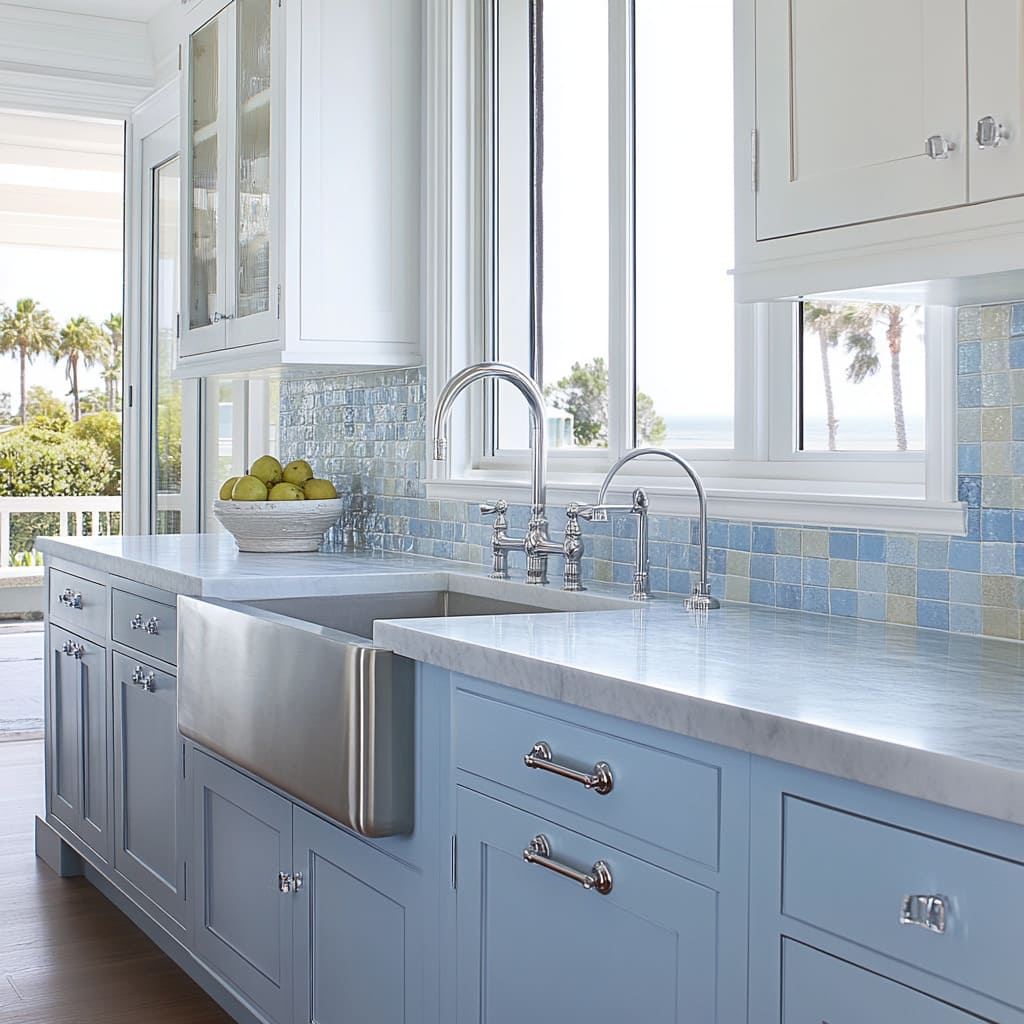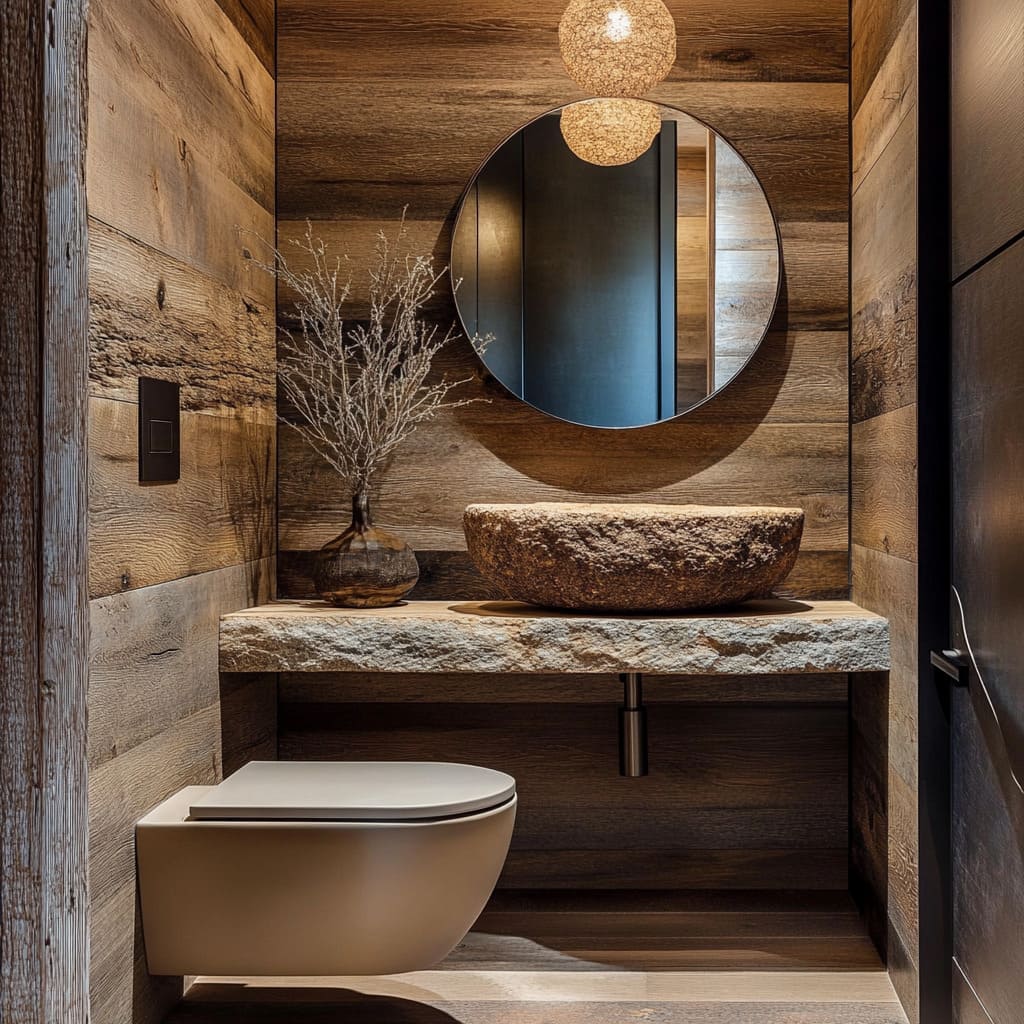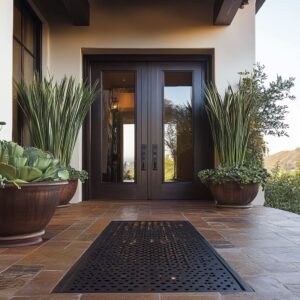Plumbing issues can quickly turn into a homeowner’s worst nightmare. From pesky leaks to more serious pipe bursts, they require immediate attention and informed decisions.
Understanding the problem is your first step in resolving these common but often complex issues. Through Dan’s Plumbing guide, you can efficiently identify and manage a variety of plumbing concerns.
Their detailed tutorials and expert advice will give you the confidence to navigate through the sometimes murky waters of home plumbing. Taking action promptly and using informed solutions can not only save your home from further damage but also prevent unanticipated costs.
Strengthen your understanding of plumbing issues and arm yourself with practical problem-solving techniques today
Recognizing Plumbing Problems
Plumbing issues are often subtle, gradually escalating into severe complications. Running toilets and leaking faucets comprise a significant chunk of common problems.
A perpetually filling toilet tank is usually a sign of a running toilet. Sometimes these malfunctions are silent, contributing to exorbitant water bills without making any noise.
- Silent leaky toilets: If your water bill is unexpectedly high, a silent leaky toilet might be the culprit
- Running toilets: Constantly refilling tanks can be both bothersome and wasteful
- Dripping faucets: This common problem occurs when faucet cartridges corrode over time, leading to significant water waste
- Clogged pipes: A surge in roots during spring season often results in obstructed or damaged pipes
You can avoid unnecessary visits from a plumber by having detailed information about your plumbing issue at hand, such as the brand and part number for faulty equipment. Involving professionals right from the onset can save you from worsening the situation with DIY attempts that result in dents or scratches on your equipment.
Additional information on identifying and addressing common plumbing issues can be found here or in this Houzz guide. Acting promptly on initially minor problems like changing small gaskets or rebuilding toilet tanks can prevent them from ballooning into significant complications
Common Plumbing Issues
Leaking faucets present a significant issue, wasting considerable amounts of water daily. This potentially increases your bills and leads to potential water damage.
Flushable Wipes Myth
Contrary to popular belief, flushable wipes aren’t safe for flushing. Unlike toilet paper, they don’t disintegrate and potentially clog your sewer or septic system.
Chemical Drain Cleaners
Relying on chemical drain cleaners can be harmful. They potentially damage pipes and create hazardous fumes.
Novel methods like plungers or augers are safer.
Leak Checks
Checking for leaks under sinks is vital due to the common occurrence of moisture in those areas.
Neglect could lead to mold, mildew, and water damage.
Water Heater Installation
A common misconception about water heaters is the necessity for direct installation adjacent to the water supply, which could result in wasted space or damage risk.
Pipe Types
All pipes are not equally effective. Different pipe types like PVC, copper, PEX cater to various needs.
Using inappropriate pipes might lead to corrosion or leaks.
Garbage Disposal Misconceptions
You’re not required to run hot water while using garbage disposal.
Contrarily, it’s an energy-wasting measure. Cold water suffices for the disposal function effectively.
Selecting Drain Cleaners
All drain cleaners are not identical. Choose products designed specifically for certain clog types and pipes, as inappropriate usage could be dangerous and damaging.
Toilet Tank Brick Myth
Storing a brick in the toilet tank doesn’t conserve water. In fact, it potentially disrupts the toilet’s flapper, leading to further plumbing complications
Immediate Actions for Issues
Encountering a plumbing issue can be daunting. It’s crucial to remain calm, understand the problem, and take immediate action if necessary.
Awareness of your situation will determine the level of urgency in response. Any hesitation can turn minor issues into major crises.
Document everything pertaining to your concern. These details will assist both you and the potential plumber in addressing the issue accurately.
- Contact a professional: Explain your issue thoroughly to find an appropriate solution
- Share feedback: Your opinion on previous experiences affects the quality of future services
- Maintain communication: Keeping an open line is necessary to enforce changes and updates
- Familiarize with resolution processes: You should know how potential complaints are handled and resolved
Your active involvement contributes to resolving any plumbing issues appropriately. Taking these steps ensures that problems are addressed effectively and promptly.
Your feedback fosters an environment for improved service. Engage in beneficial exchanges to further bolster the quality of services received in your home
Basic Troubleshooting Techniques
Regularly inspect and change your air filters to ensure the proper performance of your HVAC system. You can easily interpret fault codes on your appliances by consulting their manuals.
This helps in diagnosing issues faster. Implementing efficient window repairs like reglazing not only improves aesthetics but also enhances insulation.
Faucet repairs and replacements can greatly improve water efficiency and overall function of your plumbing system
| Problem | Solution | Benefits |
| Broken Drawers | Use simple repair techniques and parts | Restores functionality |
| Misaligned Toilet Shims | Utilize coins to adjust toilet heights | Simple and effective solution |
| Gaps in Siding | Sidings gaps filled and repaired | Avoids water damage, prevents structural issues |
| Sticker Residue on Surfaces | Hair dryer and solvents to dissolve residue | Clean surfaces, no residue left over |
| Table describing basic troubleshooting techniques, their solutions, and benefits. Always consult a professional if unsure. | ||
Bleaching aids in removal of water stains on the floor. It ensures that your floor maintains its quality without unwanted stain marks.
Solid shutoff valve offers adequate control of water flow. Invest in a decent one or get your current valve repaired for smooth function
Identifying Leaks
The quicker a system loses pressure, the larger a potential leak might be. One initial method is to check plumbing downstream of a water meter
Using Your Senses
If you reside in regions with deep water mains like the northeast, shut off your home’s water supply and listen to the meter. A simple technique involves placing a screwdriver or metal piece from your ear to the meter; hearing water flow often indicates a leak.
Finding Service Line Leaks
Prioritize locating your service line’s shutoff valve. By closing it, check if your meter continues registering usage to ascertain an internal versus external leak.
If a leak occurs between your house and meter, seeking aid from a leak detection company or replacing the entire service line could be pivotal.
Common Household Leaks
Household leaks commonly involve worn toilet flappers, leaking faucets, or faulty valves.
These are generally easy to fix, requiring only simple tools and hardware. To identify a possible leak source, examine if you’re wasting an excess amount of water.
Tracking your usage during colder months can offer insights.
Unique Detection Methods
Check surface leaks by examining faucet gaskets and pipe fittings for external moisture.
A color drop placed in the toilet tank that reaches the bowl also indicates potential toilet leaks. Detecting leaks isn’t restricted to residential settings; always stay vigilant and report any suspected water wastage within workplace settings too
Managing and Mitigating Leaks
Assessing risks, such as identifying potential leaks, is a vital step towards effective leakage control. A thorough audit can significantly reduce leak occurrences.
Risk Assessment Strategy
Construct a comprehensive quality control program. With proactive strategies, you can identify potential water damage early and act accordingly.
Proper Installation Techniques
It’s crucial to train your team on proper installation and inspection procedures. This knowledge lowers the probability of missteps leading to leaks.
Utilization of Waterproof Materials
Your material selection can help prevent water intrusion. Incorporate waterproofing materials and membranes in your construction plans for better protection.
Frequent Maintenance Checks
Maintenance checks should be regular and thorough. By finding and addressing leaks promptly, you could considerably mitigate subsequent damage.
Maintaining Quality Standards
Suppliers and subcontractors should adhere to strict installation criteria and quality regulations. This contractual obligation safeguards project integrity against leaks.
Detailed Documentation
Maintaining detailed records of inspections, testing, and the entire construction process is critical. These documents serve as references during leakage mitigations.
Insurance Coverage Protection
Securing builder’s risk insurance coverage shields you financially from unexpected leak-related damages. It’s a practical safety net in construction projects
Preventive Measures
Keeping your plumbing running smoothly requires a methodical, disciplined approach. Regular maintenance is key, so develop a schedule for systematic inspections.
Scheduled Inspections
To identify issues early, ensure your system receives professional attention every two years if relatively new. Older or trouble-prone systems should be inspected annually.
Leak Detection
Small leaks can greatly affect your monthly water bill. Invest some time each week to inspect sinks, appliances, and visible pipes for potential leaks.
Clear Drains
Installing sink and shower strainers will greatly reduce the chance of hair and debris clogs. Regularly clear drains with a vinegar-baking soda mix.
Careful Flushing
The condition of your drains is heavily determined by what you flush. Ensure you only send down waste and toilet paper to prevent unnecessary blockages.
Faucet Maintenance
Routine inspection of faucets and showerheads can save you from future headaches. Check for leaks when turning off the water and clean these fixtures regularly.
Water Heater Care
Flushing your water heaters every half-year will extend their lifespan by reducing sediment buildup. Professional inspections should occur yearly to examine valves and look for rust
When to Seek Professional Help
Plumbing issues can be a minor annoyance or a significant home-threatening problem. They can rear their heads as leaky faucets, low pressure, clogged drains, malfunctioning toilets, or water heater woes.
Distinguishing between a do-it-yourself task and the situation that warrants an expert is essential. An informed decision can prevent complications and save money.
- Persistent Clogs or Slow Drains: Occasional clogs may not require professional intervention. However, stubborn or repeating clogs may allude to severe plumbing troubles. Slow draining fixtures could mean mainline blockages.
- Water Pressure Problems: Low water pressure could indicate corroded pipes, leaks, or constrictions in plumbing. Conversely, high pressure can strain systems, causing leaks or bursts.
- Lack of Hot Water: Absence of hot water can point towards water heater issues like defective heating elements, broken thermostats, or tank leakage.These need professional scrutiny.
- Unusual Plumbing System Noises: Strange sounds like bangs, gurgles, or whistles from pipes indicate plumbing issues that warrant professional interference before worsening.
Detectable Water Damage or Mold: Water damage signs such as wall stains, peeling paint, or mold insist on immediate attention. Unseen leaks could be fostering these issues harming structural integrity and health.
Sourcing skilled plumbing services safeguards against escalated issues and potential hazardous scenarios.
It saves costs by circumventing expensive repairs and system inefficiencies over time. This professionally-guided routine maintenance ensures the longevity of your plumbing system and continued convenience in your home
Selecting the Right Professional
When facing plumbing issues, choosing the right professional is crucial. Here are some questions and answers to consider during your selection process:
How do I reflect on values?
Consider what is important to you in a professional relationship.
Balance, reliability, fulfillment, and growth opportunities may rank high on your list.
What strengths should I identify?
Analyze the skills of potential plumbers.
Are they good at their job? Can they provide evidence of education, training, or extensive experience?
How does interest align with potential careers?
Identify if the plumber is passionate about their work. An interested professional often delivers better service and excels in problem-solving.
Should I seek feedback?
Confide in those who know your needs. Ask for advice from friends or family who have hired plumbers before to help make an informed choice.
How much research should I conduct on career options?
Dedicate time to explore multiple plumbers. Review their job descriptions, certification, customer reviews, and pricing transparency for informed decision-making.
How do I consider salary and work-life balance?
Reflect on how much you’re willing to pay for services rendered. Also, find out if a potential plumber can meet your time constraints.
What are the benefits of networking strategically?
A strong network can yield invaluable insights and introduce you to reliable professionals, easing your selection process.
Should I be open to learning and growth?
A plumber willing to stay updated with emerging trends exemplifies a commitment to learning and growth, promising quality service delivery.
How do I assess company culture?
Evaluate the plumber’s professional demeanor. Ensure their work ethic harmonizes with your expectations for a smoother engagement
Summarizing Solutions
Your understanding of plumbing issues and their solutions is now enhanced. Whether it’s identifying problems, managing leaks or seeking professional help, your journey starts here.
For more information, visit Dan’s Plumbing Guide

